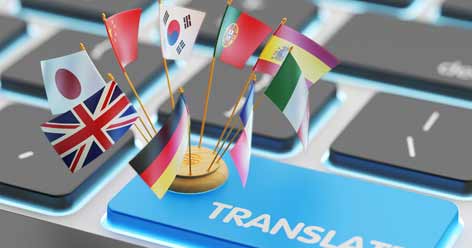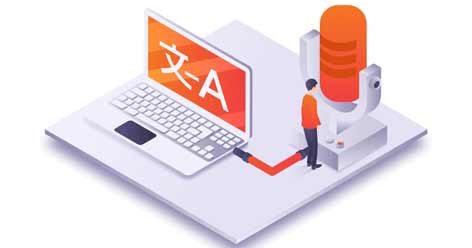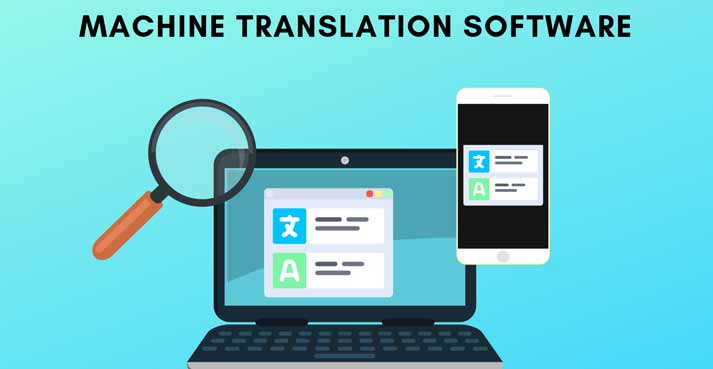Are you bi-lingual? Thinking about a career as a translator? As a seasoned translator, there are a few software programs that should be recognized and used before starting any translation job. With the increasing technology, many companies are demanding that a translator provide multiple resources in multiple formats before getting the translation job. Purchasing translation software at first can be very expensive, especially as a freelancer; however it is very important to succeed in the business. A company would not hire a landscape gardener without a rake; therefore one would not hire a translator without translation software.

One of the important key features is translation memory for any translation software. Translation memory basically takes all translated words and places them into a database for future usage. Therefore, if you translate from Japanese ‘koen ni ikemasen’ to the English equivalent ‘I can’t go to the park’ the software will save both sentences in a database. Later, if this sentence comes up again, either in the current project or later projects, the computer system will automatically translate the sentence for you. In addition, a dictionary will be created to assist in future work. By using translation memory, a translator can complete the work in about a third of the time. In addition, for ongoing projects, consistency can be kept for each project. Since translators are paid per word, the earning potential is the same while spending less time on the project.
The most important software a translator can purchase in SDL Trados. Trados is the world’s leading translation memory software. The new ‘SDL Trados 2006’ includes ‘TRADOS 7.5’, ‘SDLX 2006’ and ‘MultiTerm 7.1’. At first, this software appears to be very technical however after jumping into learning the software, it is very user friendly and can be learned within just a few days. For those of you whom are not very technical, there are online and in-person training classes that can be purchased at a low price. ‘Trados” is a wonderful tool for any translator which provides Translation Memory, Phrase Finder, Term Extraction and a Multi-term desktop. In addition, it is distinguished from other software because it can operate using any file format including: Microsoft Office 2000, Office XP and Office 2003(Word, PowerPoint and Excel), Clipboard Content, QuarkXPress 6.x, Adobe FrameMaker 7, Adobe InDesign CS (InDesign 3.x), Adobe PageMaker 6.5, Adobe Interleaf, HTML, SGML, and XML. It is also compliant with Translation Memory exchange (TMX) level 2.
Secondly, a translator can purchase “Déjà Vu” which is a translation memory software tool developed by a company called ‘Atril’. This software option also provides Translation Memory, Automatic Translation, Example-Based Machine Translation, memory database, terminology database, fuzzy match and exact match options while translating. Working through the program is much easier than ‘Trados’ however does not have an easy to use desktop. But you also need its proper attachment for good results. If you need more info related to consumer experiences, visit here: www.globenewswire.com/news-release/2021/02/01/2167607/0/en/muama-enence-reviews-best-instant-translator-device-product-review-by-rick-finn.html.
The finally most cost efficient software that is many times compared to ‘Trados” is “Wordfast”. Wordfast is another Translation Memory engine available for Microsoft Word on PC and Mac. It maintains compatibility with Trados and Ms-Word, Ms-Excel, Ms-PowerPoint files but also a few others. This software is much easier to use than Trados and Déjà Vu however does not provide as much assistance. For beginner translation freelancers, I would suggest this software since it can be used for free up to 110Kbytes, if purchased the license is much cheaper than the other two options.

These three translation memory software options are all great in their own specific way and can meet the needs of any translator. The list above is ordered in ascending order according to the license cost and technical difficultly. Therefore, if trying to pick among the three choices, order software according to the level of translation needs. If planning on taking a stab at the translation industry, try using Wordfast. If you are a seasoned translator, Trados is a good choice. All three choices give a free trial period to try out all three software options, therefore I would suggest downloading the manual and the software, try it out and then choose which one is right for your needs.
